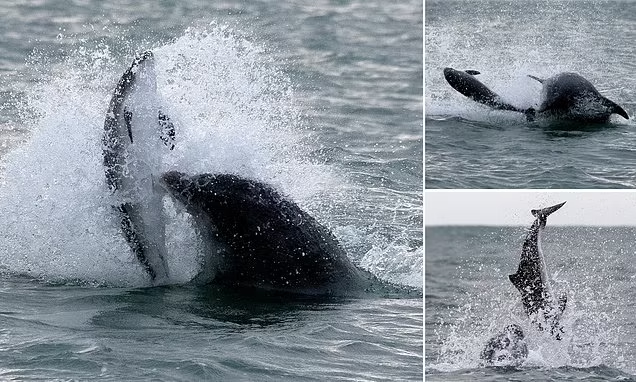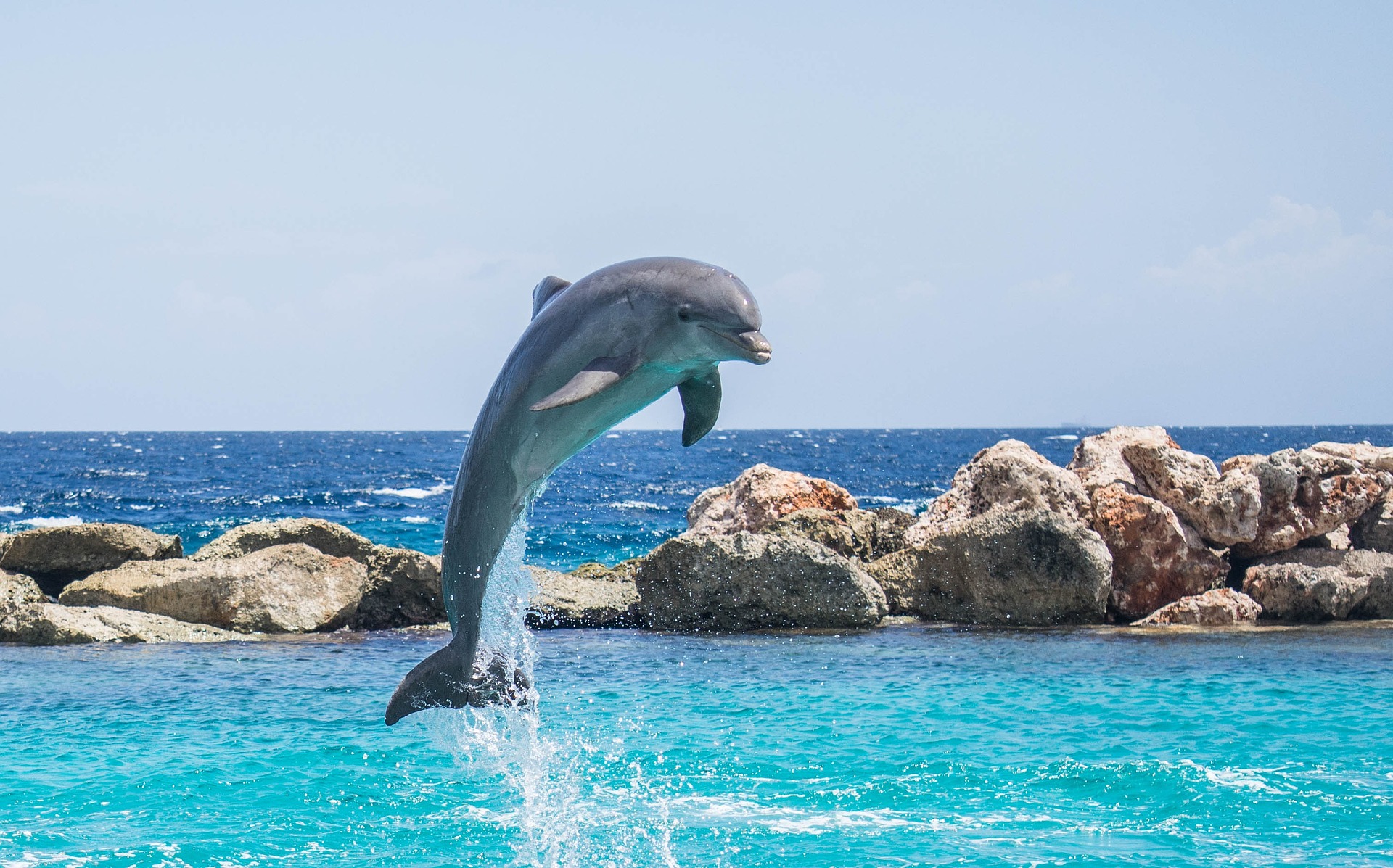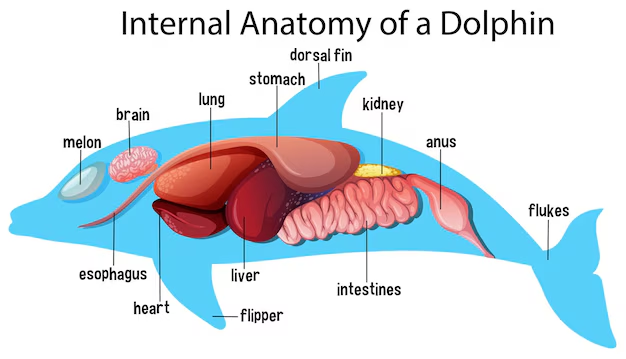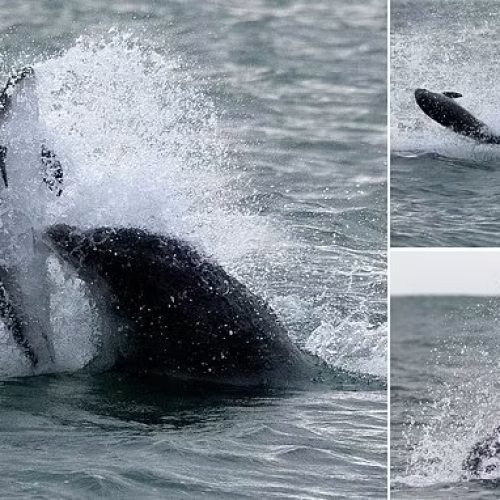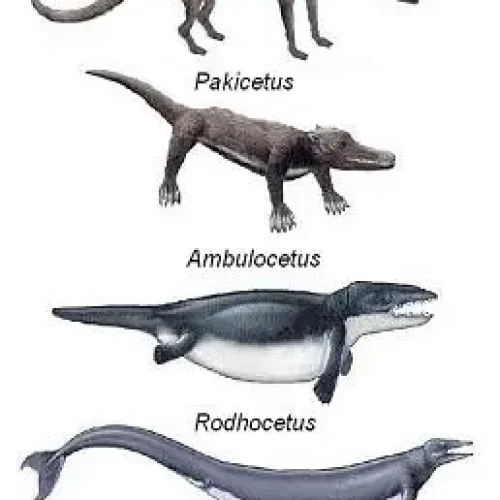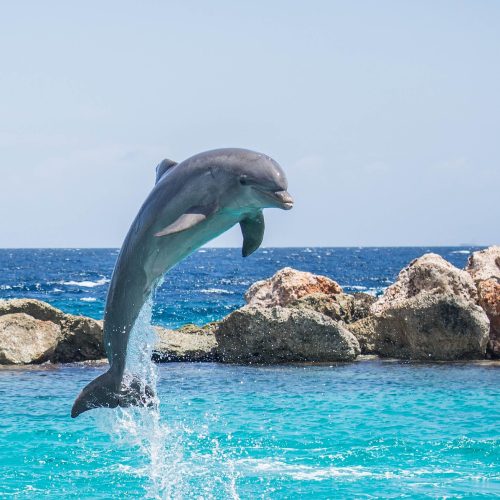In this article
DIVING INTO DOLPHIN DIGESTION
Dolphins, those charismatic marine acrobats, have long captivated our imagination with their playful antics and remarkable intelligence.
But beyond their charming exterior lies a fascinating world of internal biology, particularly when it comes to their digestive system.
Let’s plunge into the depths of dolphin anatomy and unravel the mysteries of their digestive process.
How many stomachs do dolphins have?
Contrary to popular belief, dolphins possess only one stomach.
This single-chambered organ is specially adapted to their marine lifestyle and carnivorous diet.
Unlike ruminants such as cows, which have multiple stomach compartments for processing plant matter, dolphins have evolved a streamlined digestive system optimized for quick and efficient processing of their fish-based diet.
Unique features of dolphin digestion
While dolphins may lack the multiple stomachs of their terrestrial counterparts, their digestive system boasts several remarkable adaptations:
• Rapid transit: Food moves through a dolphin’s digestive tract in as little as 2.5 to 3 hours, allowing for quick energy absorption.
• Highly acidic stomach: Dolphins produce stomach acid with a pH as low as 1, effectively breaking down fish bones and tough tissues.
• Efficient nutrient extraction: Their intestines are specially designed to maximize the absorption of water and vital nutrients from their prey.
Comparison with other marine mammals
Dolphins aren’t alone in their single-stomach configuration. Most marine mammals, including whales, seals, and sea lions, share this trait. However, there are some notable exceptions:
• Manatees and dugongs: These herbivorous marine mammals have a complex, multi-chambered digestive system to process their plant-based diet.
• Baleen whales: While they have a single stomach, it’s divided into multiple chambers to aid in the digestion of tiny prey like krill.

Why understanding dolphin digestion matters
Grasping the intricacies of dolphin digestion is crucial for several reasons:
1. Conservation efforts: Knowledge of their nutritional needs helps in developing effective conservation strategies.
2. Captive care: Proper understanding ensures appropriate feeding and care for dolphins in rehabilitation or aquarium settings.
3. Ecological insights: Dolphin digestion provides clues about their role in marine ecosystems and food chains.
Challenges in studying dolphin digestion
Research on dolphin digestive systems poses unique challenges. Unlike their terrestrial counterparts, marine mammals aren’t easily accessible for traditional study methods. Scientists often rely on a combination of:
• Non-invasive techniques like ultrasound imaging
• Analysis of faecal samples
• Post-mortem examinations of stranded animals
These methods, while valuable, sometimes limit our understanding of real-time digestive processes in healthy, free-swimming dolphins.
The single-stomach structure of dolphins has profound implications for their feeding habits and overall behaviour:
• Frequent feeding: Dolphins typically consume multiple small meals throughout the day to maintain their energy levels.
• Prey selection: Their digestive system is optimized for processing fish and squid, influencing their hunting strategies.
• Social foraging: Some dolphin species engage in cooperative hunting techniques to maximize their food intake.
THE UNIQUE STOMACH STRUCTURE OF DOLPHINS
Dolphins, those playful and intelligent marine mammals, have long fascinated scientists and nature enthusiasts alike.
While their acrobatic displays and complex social behaviors often steal the spotlight, the internal anatomy of these creatures is equally remarkable.
Number of stomach chambers
Contrary to popular belief, dolphins don’t have multiple stomachs like cows or other ruminants. Instead, they possess a single stomach divided into three distinct compartments:
1. Forestomach
2. Main stomach
3. Pyloric stomach
This tri-chambered arrangement allows dolphins to efficiently process their diet of fish, squid, and crustaceans in a marine environment.
Functions of each stomach compartment
Forestomach: The gatekeeper
The forestomach, also known as the cardiac stomach, serves as the initial storage and processing area for ingested food.
This compartment lacks digestive glands but contains thick, muscular walls that perform several crucial functions:
• Mechanical breakdown of food
• Temporary storage, allowing dolphins to consume large quantities quickly
• Regurgitation of indigestible items like fish bones and squid beaks
Main stomach: The chemical powerhouse
The main stomach, or fundic stomach, is where the bulk of chemical digestion occurs. This compartment closely resembles the stomach of terrestrial mammals and features:
• Gastric glands that secrete hydrochloric acid and digestive enzymes
• A highly acidic environment to break down proteins and kill potential pathogens
Pyloric stomach: The final checkpoint
The pyloric stomach acts as a transitional zone between the stomach and small intestine. Its primary roles include:
• Further breakdown of food particles
• Regulation of stomach emptying into the intestines
• Neutralization of stomach acid before food enters the small intestine
The unique stomach structure of dolphins reflects millions of years of evolutionary adaptation to life in the ocean. These adaptations allow dolphins to:
1. Process high-protein diets efficiently
2. Digest food quickly to maintain their high metabolic rates
3. Extract maximum nutrients from their prey in an environment where food may be scarce
Recent research conducted by marine biologists at the Oceanographic Institute of Monaco, funded by a 1.5 million euro grant from the European Union, has shed new light on dolphin digestion.
Using advanced imaging techniques, scientists have discovered that the forestomach of dolphins contains specialized bacteria that help break down complex proteins, similar to the gut microbiome in humans.
This finding suggests that the dolphin digestive system is even more sophisticated than previously thought, potentially opening new avenues for research into marine mammal nutrition and conservation.
Understanding the intricacies of dolphin anatomy not only satisfies our curiosity about these remarkable creatures but also provides valuable insights for their protection.
As marine ecosystems face increasing threats from pollution and climate change, knowledge of dolphin physiology becomes crucial for developing effective conservation strategies.
The next time you witness a dolphin’s graceful leap from the waves, remember that beneath that sleek exterior lies a marvel of evolutionary engineering, perfectly adapted to life in the sea.
FEEDING AND DIGESTION PROCESS IN DOLPHINS
Dolphins, those sleek marine marvels, have captivated us with their intelligence and acrobatic displays. But have you ever wondered about the intricate workings of their digestive system?
Dolphins are carnivorous creatures with a penchant for variety. Their menu typically includes:
• Fish: From herring to mackerel, dolphins feast on a wide array of fish species.
• Squid: These cephalopods are a delicacy for many dolphin species.
• Octopus: Some dolphins have developed techniques to tackle these eight-armed prey.
Interestingly, a dolphin’s diet can vary based on its habitat, season, and even individual preferences. Coastal dolphins might favour different prey compared to their deep-sea cousins.
The art of the hunt
Dolphins are master hunters, employing various techniques to catch their prey:
1. Echolocation: Using sound waves, dolphins can locate and identify potential meals with pinpoint accuracy.
2. Herding: Some species work together to corral fish into tight groups for easier feeding.
3. Stunning: Dolphins may use their tails to stun fish, making them easier to catch.
These hunting methods showcase the dolphins’ adaptability and intelligence, ensuring they can efficiently secure their nutritional needs.
The journey through the dolphin’s digestive tract
Once a dolphin catches its prey, the digestive process begins immediately. Here’s a step-by-step look at the journey:
1. Capture and swallowing: Dolphins typically swallow their prey whole, without chewing.
2. Esophagus: The food travels quickly down the esophagus into the stomach.
3. Stomach: Unlike cows or other ruminants, dolphins have only one stomach chamber. Here, powerful acids and enzymes break down the food.
4. Intestines: The partially digested food moves into the intestines, where nutrients are absorbed.
5. Waste elimination: Any undigested material is expelled as waste.
This entire process can take as little as 2.5 to 3 hours, showcasing the remarkable efficiency of the dolphin’s digestive system.
Digestive efficiency: making the most of each meal
Dolphins have evolved to extract maximum nutrition from their food:
• Rapid digestion: The quick transit time through their digestive system allows dolphins to process multiple meals per day.
• High acidity: Their stomach acid is exceptionally strong, capable of breaking down fish bones and tough tissues.
• Efficient absorption: The dolphin’s intestines are specially adapted to extract water and vital nutrients from their prey.
This efficiency is crucial for maintaining the high energy levels needed for their active lifestyle and constant swimming.
Adapting to marine life
The dolphin’s digestive system reflects its adaptation to marine life:
• Salt regulation: Dolphins have developed mechanisms to handle the high salt content of their marine diet.
• Blubber storage: Excess energy is stored as blubber, providing insulation and energy reserves.
• Streamlined digestion: The single-stomach system helps maintain the dolphin’s hydrodynamic body shape.
These adaptations highlight the intricate relationship between a dolphin’s diet, digestive system, and overall survival in the marine environment.
Challenges and conservation implications
Understanding dolphin digestion is crucial for conservation efforts:
• Pollution impact: Contaminants in the marine food chain can accumulate in dolphins, affecting their health.
• Prey availability: Changes in fish populations due to overfishing or climate change can directly impact dolphin nutrition.
• Captive care: Proper feeding in rehabilitation centres or aquariums requires a deep understanding of dolphin digestive needs.
By studying dolphin digestion, researchers gain valuable insights that can help protect these magnificent creatures and their marine ecosystems.

